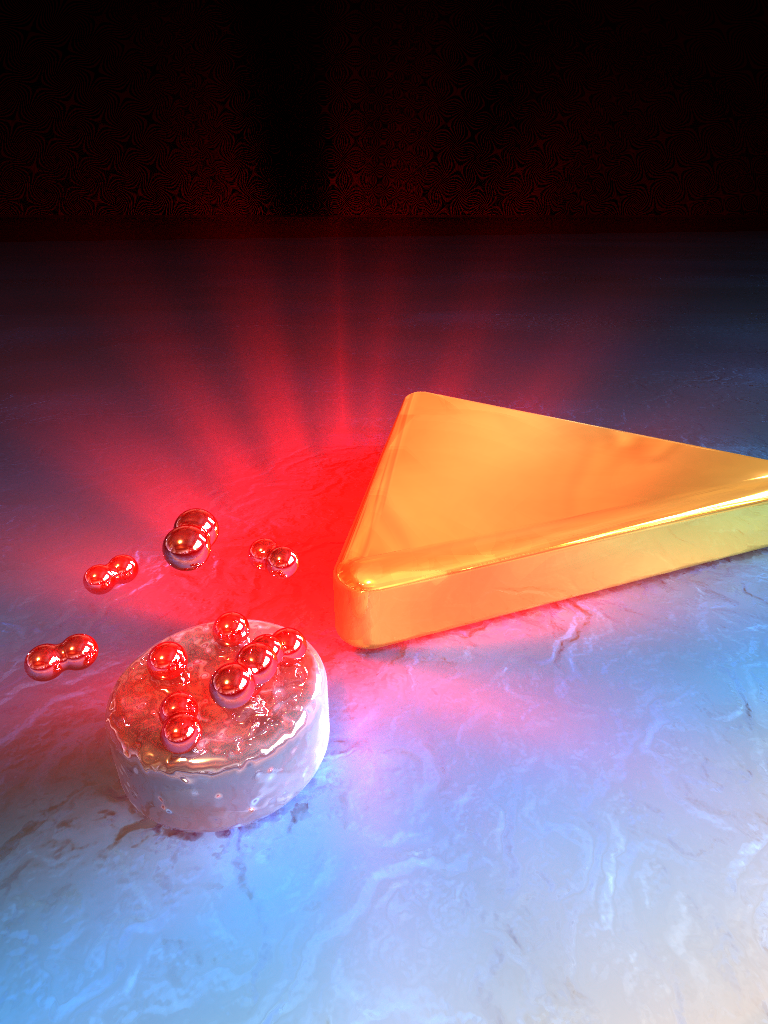
Data transmission schemes: In TDM different channels are assigned individual time slots in the transmitted pulse. WDM transmits data across different wavelength channels. In OFDM, these wavelength channels are closer together, although it means that the signal needs to be filtered out later on by frequency analysis. Reprinted by permission from Macmillan Publishers Ltd. Nature Photonics, advance online publication (2011)
Here in the UK, the fastest broadband download speeds on offer for fibre optic broadband are 40 Mbit per second, which is much better than the 8 Mbit/s or so offered via conventional copper cables. But to those for which 40Mbit/s is not enough, fear not: In a Nature Photonics paper, Juerg Leuthold and colleagues from the Karlsruhe Institute of Technology have now demonstrated 26 Tbit/s optical data transmission – some 650,000 times faster than those 40Mbit/s.
There are different techniques to send large amounts of data through an optical fibre. For example, in Time Division Multiplexing (TDM), the signal transmission is divided into a succession of time slots, and each channel gets one bit in every time slot. This makes sense if you want to combine a number of slower channels (e.g. from individual households) into one fast fibre. The disadvantage of this scheme is, however, that this needs ultrafast lasers. And because short laser pulses are spectrally broader than longer pulses, TDM systems needs to be capable of dealing with these short laser pulses across a broad range of frequencies, which is demanding to realize.
Another scheme is to use longer laser pulses, which are spectrally much narrower, but then to distribute these across several wavelengths, so that data is transmitted in channels each using a different colour. The drawback here again is that you can only squeeze a limited number of those wavelength into your optical setup. Also, great care has to be taken that the laser pulses don’t overlap in wavelength, as otherwise the signals are mixed up between the channels.
To send even more data than possible with these schemes, modern systems use techniques such as orthogonal frequency-division multiplexing (OFDM). OFDM is already widely used for wifi as well as for 4G wireless networks. In comparison to WDM, the different wavelength channels can be squeezed closer together, which means more channels, and therefore much faster data transmission. […]




May 23, 2011
Comments Off on Superfast broadband